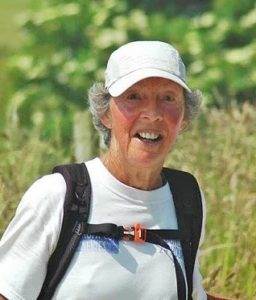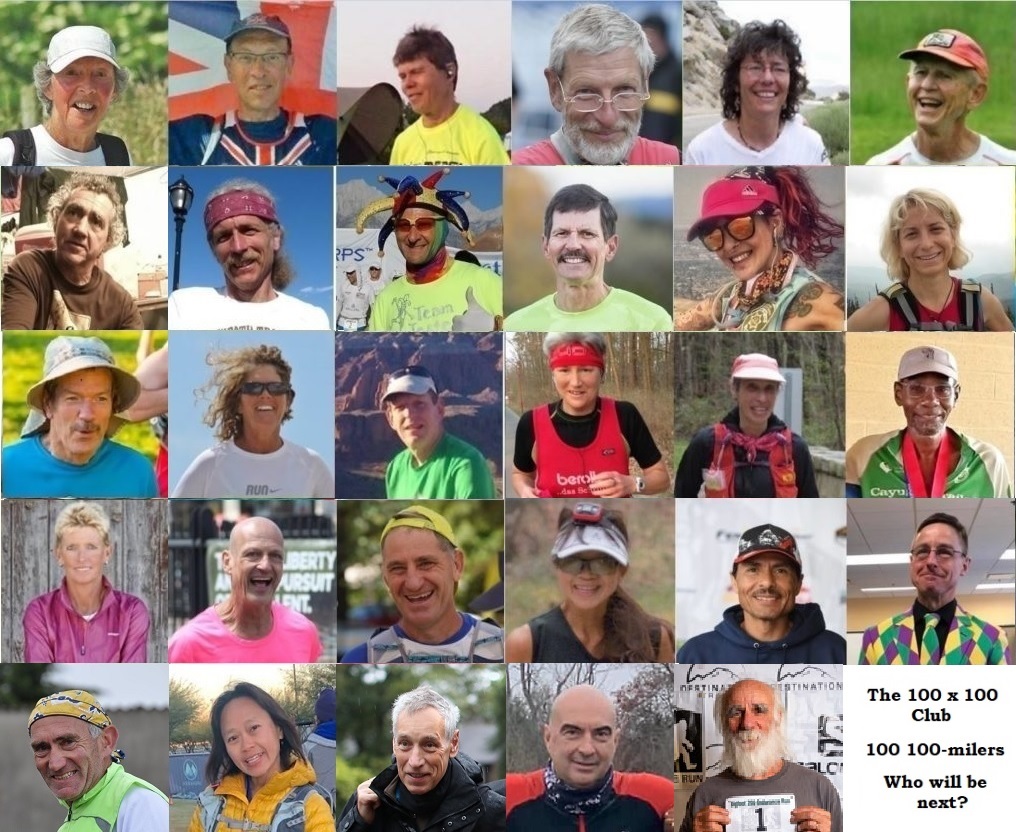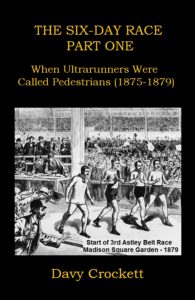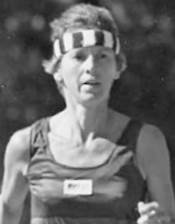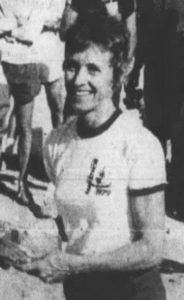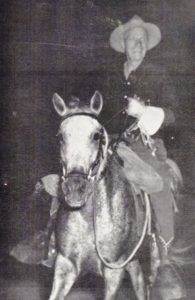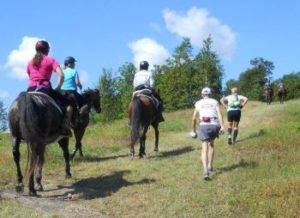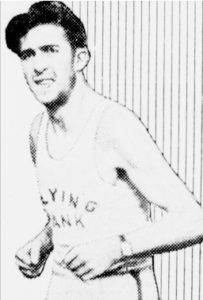Podcast: Play in new window | Download (Duration: 29:06 — 32.9MB)
Subscribe: Apple Podcasts | Google Podcasts | Spotify | Amazon Music | Android | Pandora | iHeartRadio | JioSaavn | Podcast Index | Email | TuneIn | RSS | More
By Davy Crockett
![]()
![]()
![]()
Both a podcast episode and a full article
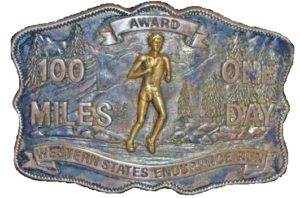

By 1970 with all the numerous endurance rides held across the country, the Western States Trail Ride, or “the Tevis” had emerged as being the toughest and the premier endurance ride in the country. It had survived intense criticism over the years from the public and animal rights groups. Under the leadership of Wendell Robie, the ride had made adjustments, weathered the storms of criticism, and increased in popularity.
By 1970 among the dozens of endurance rides, there were still only a few that patterned their event after the Western States Trail Ride, Virginia City 100, and two 50-milers in California, Castle Rock 50 and Blue Mountain 50. In 1971 two more were established, Big Horn 100 in Wyoming, and Diamond 100 in California which awarded a Wendell Robie Cup.

